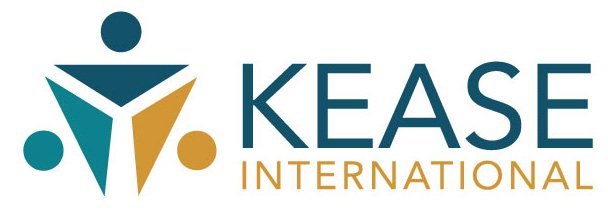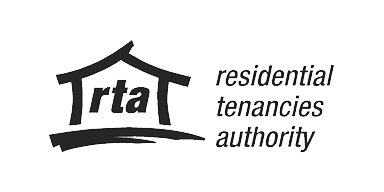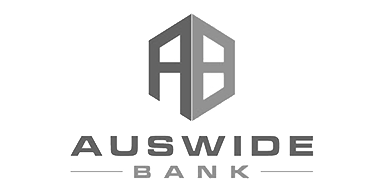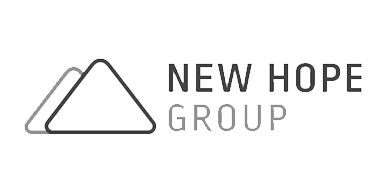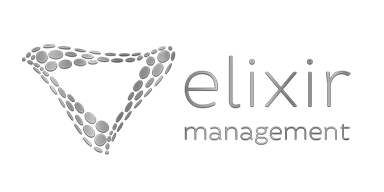Gone are the days when you stay in one line of profession for 45 years and pure experience is valued over agility, transferable skills and attitude. Within many industries for example STEM, utilities and engineering, there is recognition by businesses and leaders that what got them to where they are now will not get them to where they need to be.
With the 100- year old life and the average shelf life of skills reducing substantially, the way an organisation encourages and facilitates learning and reskilling is critical for its survival, growth and success. In Deloitte’s 2020 Global Human Capital Trends survey, 53 percent of respondents said that between half and all of their workforce will need to change their skills and capabilities in the next three years (1). This was before the COVID-19 pandemic!
COVID-19 has already fast tracked the need for people in some industries to reskill. In Singapore, for example, airline cabin crew grounded as a result of cancelled flights were assigned to hospitals as “care ambassadors” for low-risk patients after undergoing training in safety and infection control measures (2), and different ways of working have encouraged a behaviour shift from complacency to greater willingness to learn.
The Thrive XM index 2020 found that learning was one of the top moments that matter for employee wellbeing and productivity. Moments involving learning new skills found a 33% lift in engagement, 31% increase in retention likelihood ,28% lifts in work satisfaction and 21% lifts in perceived performance (3).
Here are our thoughts on how to create a culture of learning:
1: Encourage the right behaviours – walking the walk as well as talking the talk is so important. To develop a culture of learning, certain behaviours need to be encouraged – some of which may feel uncomfortable at first. These include:
- Openness to share
- Risk taking
- Acceptance of mistake making – as long as you reflect and learn
- Encouragement and empowerment
- Seek, accept and leverage feedback from your workforce and customers
- Positive encouragement and support for formal learning
2: Review your talent processes – people will be sought after because of their skills rather than experience. Building a culture that tracks skills, develop skills and encourages transferable skills is important. This can be done through having the right data on your workforce, bringing jobs to people, offering mobility (in person or virtual experiences), and having a robust plan of future skills and talent pipeline.
3: Develop Corporate academies – Josh Bersin’s research shows that corporate learning will evolve from ‘learning in the flow of work’ by self-directed learning with a focus on learning experiences and design thinking to capability academies. Organisations should leverage a variety of techniques to develop certain transferable skills – outlined in the diagram below (4).
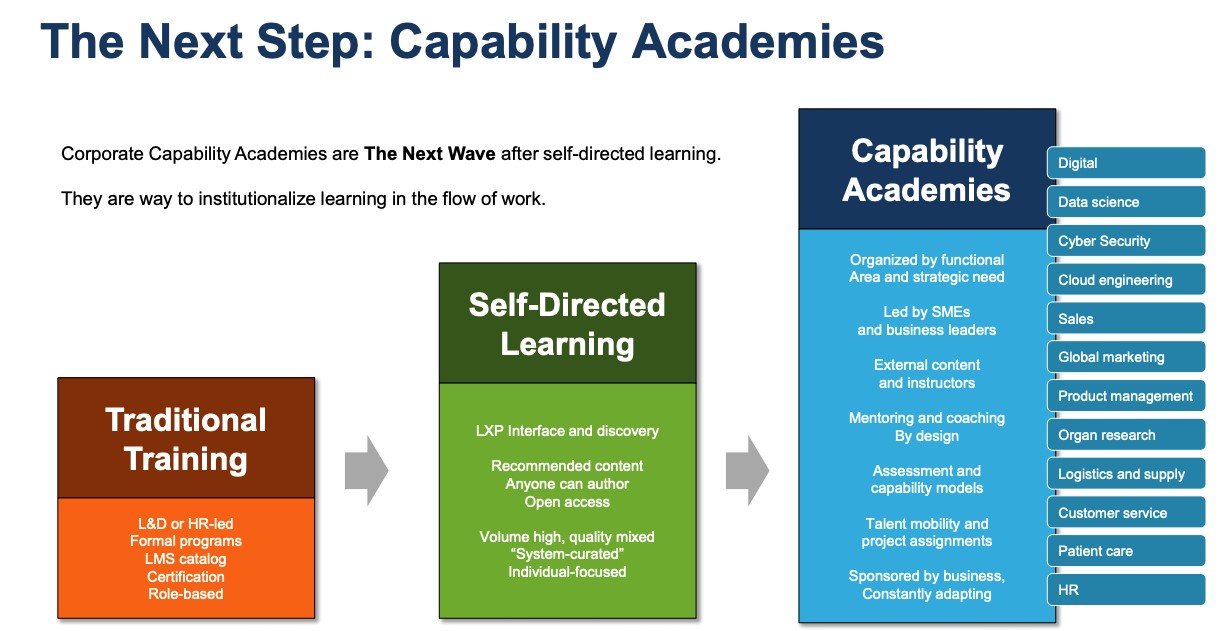
SOURCE: Edge Presentation – Josh Bersin
At KEASE we offer the opportunity to review and create your learning culture, as well as offer training and coaching for your leaders as part of your ‘Capability academy’. Check out our website or contact KEASE International via email for more information.
References:
2 “SIA cabin crew redeployed to care for hospital patients”. The Straits Times. 8 April 2020.
3 https://content.thriveglobal.com/wp-content/uploads/2020/10/Thrive-XM-Insights-Report.pdf
4 EDGE presentation – Josh Bersin
